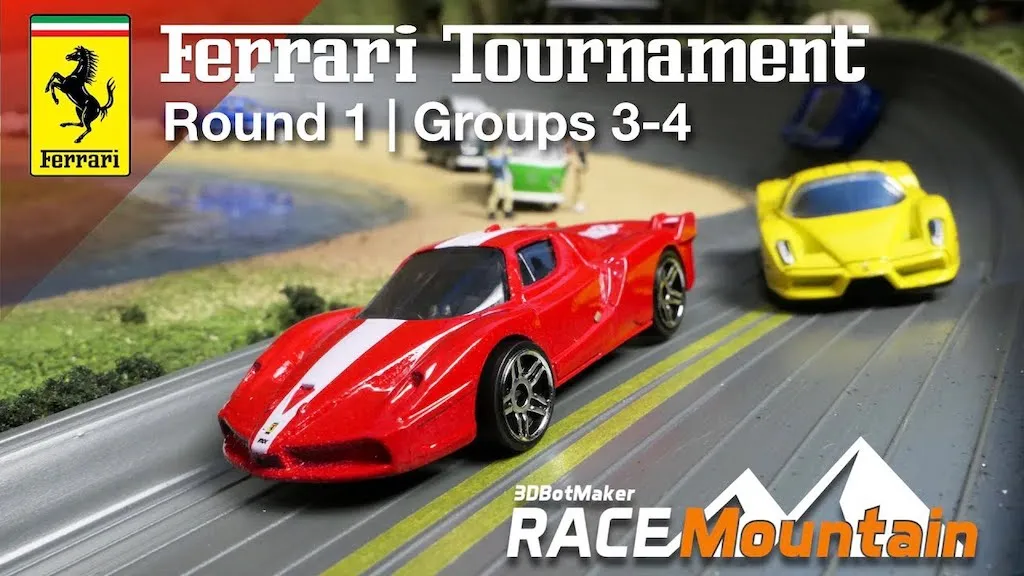Unveiling the Allure of Custom Diecast Race Cars
The world of custom diecast race cars offers a unique blend of artistry, engineering, and passion. More than just toys, these meticulously crafted miniature vehicles represent a dedicated hobby for collectors and enthusiasts alike. They are a canvas for creativity, allowing individuals to transform mass-produced models into unique representations of iconic race cars, personalized designs, or even futuristic concepts. The appeal lies in the details, the craftsmanship, and the opportunity to own a piece of automotive art that reflects individual tastes and preferences. This is an investment, a creative outlet, and a community of like-minded individuals that share a love for miniature motorsports.
The Art of Customization
Customizing a diecast race car involves a series of deliberate steps, each contributing to the final product’s quality. This process typically begins with selecting a base model, choosing a scale, and deciding on the design or theme. From there, the model is disassembled, prepped, painted, detailed, and reassembled. The level of customization can range from simple paint jobs and decal applications to extensive modifications involving bodywork, engine detailing, and interior enhancements. The art lies in the ability to visualize the final product and the skill to execute that vision with precision and care. It is a hobby that blends technical ability with artistic flair, resulting in truly unique miniature masterpieces.
Choosing the Right Scale
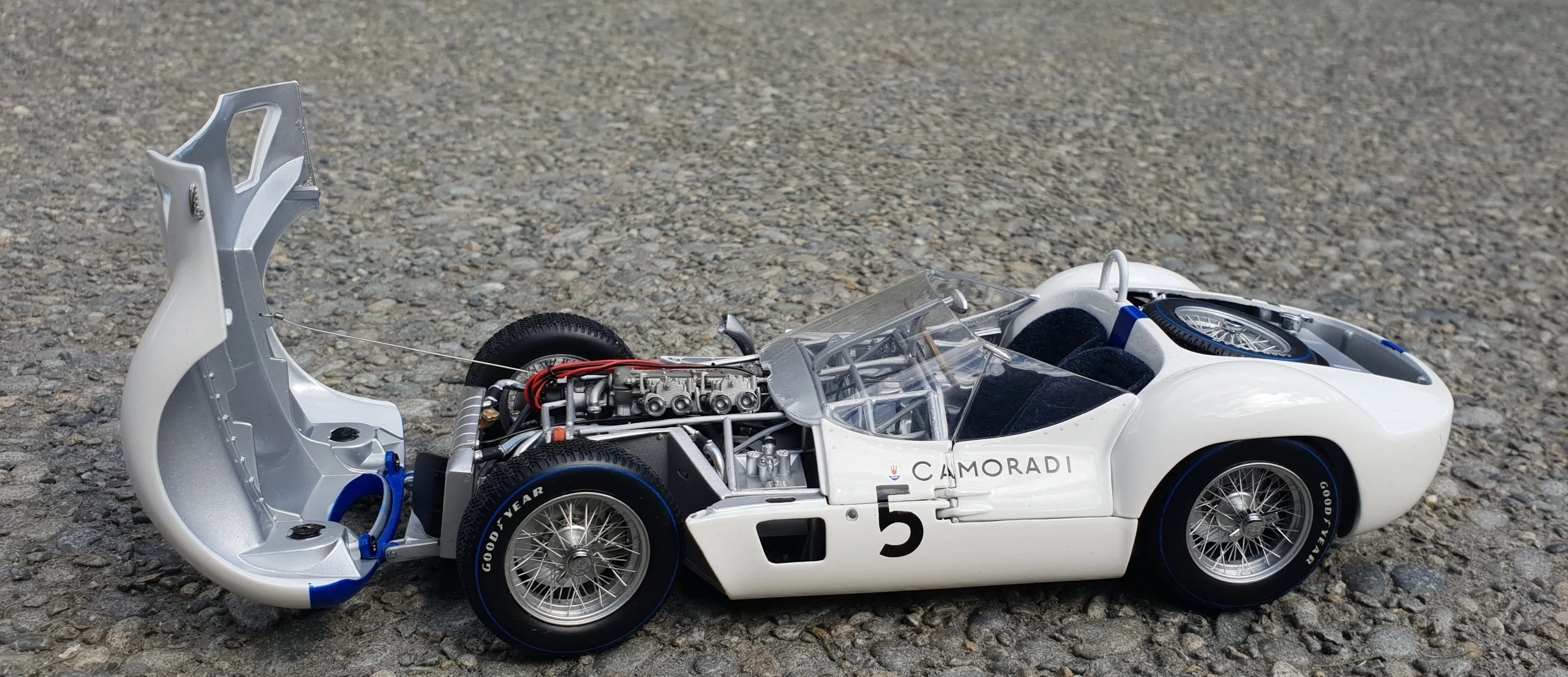
The scale of a diecast race car is a critical factor, influencing the level of detail achievable, the availability of parts, and the overall display. Common scales include 1:64, 1:43, and 1:18, each offering different advantages. Smaller scales, like 1:64, are often more affordable and easier to display, while larger scales, such as 1:18, allow for greater detail and a more immersive experience. The choice of scale often depends on personal preference, the type of model being customized, and the intended use. For example, a detailed engine bay might be more feasible on a 1:18 model, while a sleek, aerodynamic design could work well across multiple scales.
Consider the available space and budget as you think about the size, too. Smaller scales are great for starting or building large collections while larger scales give more space to add details. Regardless of your choice, selecting the right scale allows you to have the best experience and allows you to make the best choice for the type of models you are building.
Materials and Techniques Used
Customizing diecast race cars requires a variety of materials and techniques to achieve the desired results. High-quality paints, such as enamels or acrylics, are essential for a smooth, durable finish. Detail work often involves using fine brushes, airbrushes, and specialized tools for applying decals, weathering effects, and other intricate elements. Materials like photo-etched parts, carbon fiber decals, and resin components can be used to enhance realism and add intricate details. Techniques include masking, sanding, priming, and weathering, all contributing to the overall quality and authenticity of the custom model. Each technique is important.
Understanding the right application techniques for each material ensures a professional finish and makes the model last longer. This allows for a better overall experience and an increase in the value of your model.
Top 7 Custom Diecast Race Car Designs
The Legendary Le Mans Racer
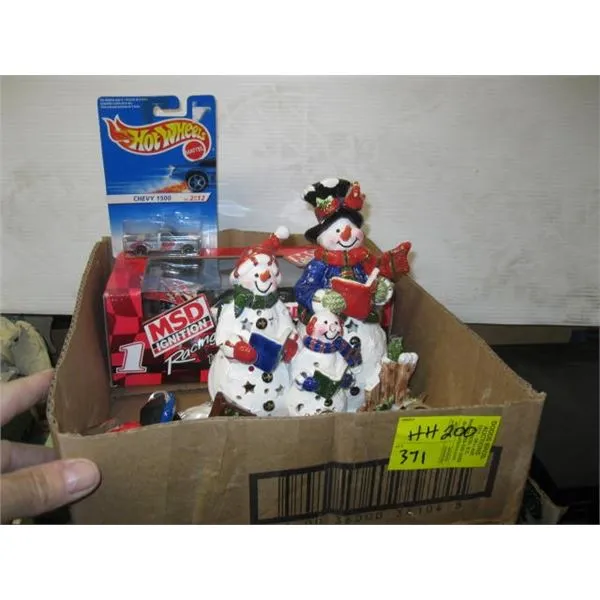
Recreating a legendary Le Mans racer in miniature is a classic choice. The challenge lies in capturing the intricate details of iconic vehicles that have competed in the grueling 24-hour race. Customizers often focus on replicating the unique liveries, aerodynamic features, and engine details of specific years and teams. These models often feature intricate decals, detailed cockpits, and accurate representations of the car’s various sponsors. Capturing the spirit of endurance racing through these miniature recreations is a rewarding project for any enthusiast.
Design Elements
Focus on the specific details of the car you are replicating. This includes the paint scheme, the decals, and the overall design of the car. Ensure that you accurately represent the sponsor logos and the other identifying marks. Look at reference photos to check the specific design elements.
The Formula 1 Masterpiece
Formula 1 cars are celebrated for their cutting-edge technology and bold designs. Customizing an F1 diecast model allows enthusiasts to showcase the complex aerodynamics, intricate suspension systems, and striking liveries of these high-performance machines. Customizers often focus on the details of the car’s sponsors, the driver’s helmet, and the overall aesthetic of a specific racing season. From the sleek curves to the tiny details, recreating an F1 car in miniature is a test of skill and patience, but the result is always a head-turner.
Design Elements

Consider the specific year and team that the car represents. This influences the colors, the sponsorship logos, and the design elements. This will make the model stand out and reflect the correct details. Accurate detailing is key for the overall appeal.
The Vintage Classic Car
Vintage classic cars are timeless symbols of automotive history, offering a rich tapestry of designs and styles. Customizing a vintage diecast race car is a journey back in time. Customizers focus on recreating the iconic designs of classic race cars from the early days of motorsports. This involves capturing the essence of the car, from the unique body shapes to the details of the interior. These models celebrate the heritage of racing and offer a glimpse into the past, providing a captivating display piece for any collector.
Design Elements
Pay close attention to the era the car represents. Each period has its distinct style, and the color schemes, the decals, and the overall aesthetics should reflect this. Research the specific details to ensure accuracy. The vintage era is a great space to build from.
The Modern GT3 Racer

Modern GT3 race cars are characterized by their aggressive aerodynamics and distinctive liveries. Customizing a GT3 diecast model is a showcase of contemporary racing design. Enthusiasts often focus on replicating the intricate details of these modern racing machines, including their spoilers, diffusers, and sponsor decals. These models often include the latest racing technologies, providing a stunning addition to any collection. With the right design, you can create stunning pieces.
Design Elements
The design elements are determined by the specific GT3 car you are replicating. Ensure the paint job, the sponsor logos, and the aerodynamic elements accurately reflect the original car. Check the details.
The Iconic NASCAR Machine
NASCAR race cars are iconic in motorsports, boasting bold designs and vibrant colors. Customizing a NASCAR diecast model is a celebration of American racing culture. Customizers often focus on replicating the unique liveries, sponsor logos, and the distinctive details of these stock car racers. These models often include a variety of visual details and have a great appeal. Recreating the spirit of NASCAR through miniature recreations is a rewarding project.
Design Elements
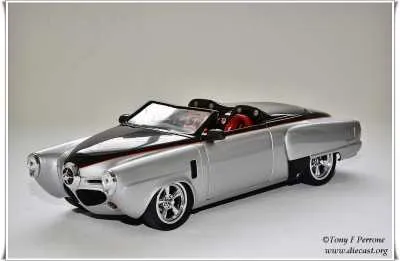
NASCAR cars are known for their bold designs and sponsor logos. The key is to accurately replicate the paint schemes, the decals, and the other design elements that make a NASCAR car stand out. Look at the details.
The Rally Car Beast
Rally cars, with their rugged designs and distinctive liveries, offer a unique subject for customization. Customizing a rally car diecast model lets enthusiasts capture the essence of off-road racing. These models are often characterized by their mud-splattered paintwork, roll cages, and sponsor decals. Recreating the spirit of rally racing is rewarding, and these models will stand out.
Design Elements
The design of the rally car involves the right details and colors. Often the car needs a weathered look to capture the true aesthetic. Paying attention to the details helps with the final product.
The Futuristic Concept Car
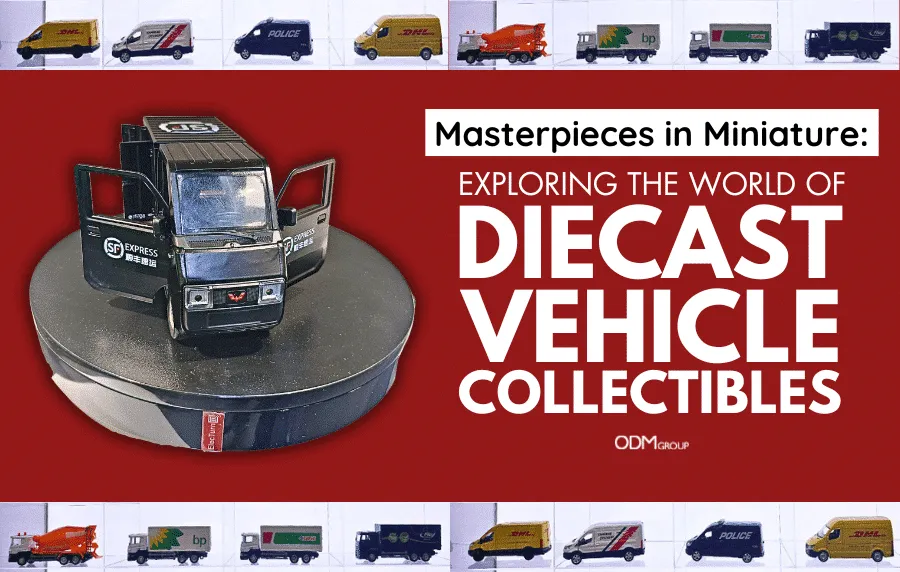
Concept cars showcase the future of automotive design. Customizing a futuristic diecast model lets enthusiasts explore the boundaries of creativity. These models can feature cutting-edge designs, innovative features, and experimental paint schemes. These models offer a space for creativity, allowing for innovative concepts. These concepts can include new paint styles and designs.
Design Elements
The key with the futuristic concept car is to be creative. Design elements can be anything, and they do not necessarily have to follow existing designs. Paint schemes, overall aesthetics, and specific design elements can provide a unique opportunity.
Building Your Own Custom Diecast Race Car
Essential Tools and Materials
Building a custom diecast race car requires a range of tools and materials to complete the model. Start with a selection of screwdrivers, pliers, and a hobby knife for disassembly and modification. For painting, you’ll need an airbrush or spray cans, along with various paints, primers, and clear coats. Detail brushes, sandpaper, and polishing compounds are also essential. Additional materials include decals, photo-etched parts, and any other specialized components, such as aftermarket wheels or engine details.
Step-by-Step Customization Process
The customization process typically involves several key steps. First, carefully disassemble the diecast model, removing the existing paint and any unwanted details. Next, prepare the surface by sanding and priming it. Then, apply the base coat of paint and, if necessary, apply any decals or details. Finally, reassemble the model, add any final touches, and apply a clear coat to protect the finish. The process may vary depending on the complexity of the customization, but a methodical approach ensures a successful result.
Painting and Detailing Techniques
Painting and detailing are the most critical stages of customizing a diecast race car, requiring skill and precision. Use an airbrush to achieve a smooth, even paint finish. Detailed work, like pin striping or logos, can be done with a detail brush or fine-tipped pens. To add depth, use washes and weathering techniques to create shadows and highlights. Applying a clear coat will protect the paint and add a glossy finish. Mastering these techniques will transform a simple model into a professional-looking masterpiece.
Adding Decals and Finishing Touches
Adding decals and finishing touches will complete the customization of your model. Decals can be custom made or purchased to represent specific sponsors, racing teams, or driver names. Apply decals using a decal setting solution to ensure a seamless finish. Finishing touches may include adding photo-etched parts, such as grilles or emblems, and detailed interior components, like steering wheels or seats. These final steps add the realistic look that will complete your model.
Displaying and Protecting Your Collection
Showcasing Your Custom Creations
Displaying your custom diecast race cars is as important as the customization itself. The display can be any style and is meant to show off your hard work. Whether it’s a glass cabinet, a custom-built shelf, or a dedicated display case, the way you showcase your collection enhances its appeal. Consider adding lighting to highlight the details and create a visually stunning display. The key is to create a presentation that reflects your style and the value of your work.
Protecting Your Investment
Protecting your investment is essential to keeping your models in good condition. The biggest factor is to keep the models away from sunlight and extreme temperatures. This will help keep the colors from fading or deteriorating. Also, protect your models from dust, which can accumulate over time. By following these simple practices, you can ensure your collection stays beautiful for many years to come.
